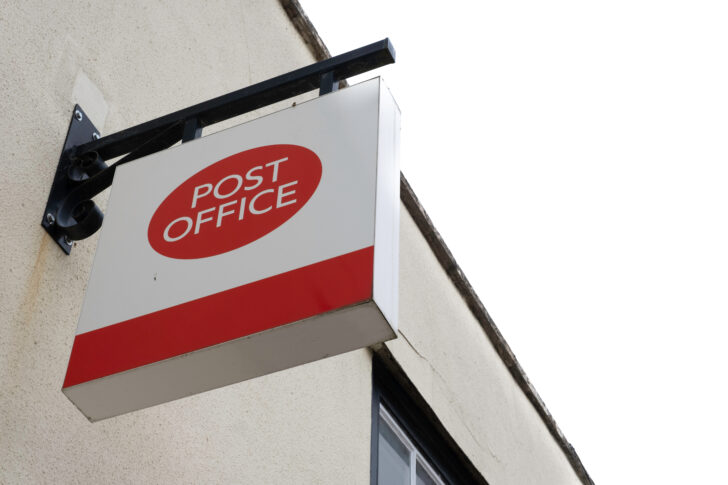For many business owners, buying a post office offers a steady income, an existing customer base and a key role in the local community. However, as with any business acquisition, purchasing a post office requires careful planning and thorough research to ensure long-term success.
In this article, we explore the first steps to take when buying a post office, from understanding the unique benefits and challenges of post office ownership to evaluating the financial and operational aspects. Whether you are a first-time buyer or an experienced business owner, these insights will help you to navigate the buying process smoothly.
Market
Not all post offices are the same, and not every available post office will suit your needs and goals. Begin by researching the types of post offices available:
Stand-alone post offices operate independently and rely solely on postal services and retail.
Combined post offices are typically located within a retail business, like a convenience store or a newsagent, and often have diversified revenue streams.
Community post offices are often located within smaller towns or villages and serve as vital points of contact for rural customers.
Each type offers different profit margins, operational needs and customer demographics. Carefully analyse which option best aligns with your financial goals and lifestyle preferences.
Location and Customer Demographics
Location is a critical factor in any retail or service business, and post offices are no exception. The potential customer base, foot traffic and proximity to other essential services can impact your profitability and community engagement.
Assess the customer demand – does the area rely heavily on the post office for mailing, banking or other essential services? Analyse how much foot traffic and nearby competition there is in the area, as other stores that offer postal or retail services nearby could impact your revenue.
Financials
Buying a post office usually requires a significant financial outlay. The purchase price depends on various factors, including location, revenue, the condition of the premises and the type of post office.
Consider the upfront costs, ongoing expenses and revenue sources from a mix of postal services, retail products and government grants. If financing is necessary, prepare a comprehensive business plan to present to potential lenders, including realistic projections based on the post office’s past performance and possible future developments.
Challenges
Post offices hold a special position in many communities across the UK. They often serve as local gathering spots and provide essential services, from postage and parcel delivery to banking and bill payments. Alongside a steady revenue stream, post offices have low marketing costs and high customer trust thanks to their established brand reputation.
However, post office ownership does come with its challenges. As part of a franchise model, buyers must follow specific guidelines and meet certain standards set by the postal authority. Also, the fixed nature of some services and prices can make it harder to increase profitability without carefully managing operational costs.
Performance Records
Once you have identified a post office you are interested in, conduct a thorough financial analysis. Request financial records from the current owner, ideally covering the past three to five years.
Look at both total revenue and net profit to get a clearer picture of the business’s profitability. Understand which costs are fixed and which are variable and determine whether there is consistent cash flow throughout the year. Review monthly or seasonal fluctuations to ensure that you will have sufficient funds to cover expenses, especially during the slower periods.
Staffing
Running a post office might require a skilled, reliable team, especially if the location has extended hours – or, you might be running the post office on your own. Either way, evaluate current employees to determine if they are willing to stay and have the necessary skills and experience. Retaining knowledgeable staff can provide continuity and help to maintain customer relationships during a change of ownership.
Post office staff must be trained in postal regulations, customer service and potentially in financial or banking transactions.
Finally, consider the hours of operation and staffing needs to ensure you have adequate coverage. While longer hours may attract more customers, it will also increase staffing costs.
Regulatory Requirements
Owning a post office involves strict compliance with government regulations and franchise guidelines. Make sure that you understand the contractual obligations and any licensing or certification requirements.
Post offices handle sensitive documents and cash, so maintaining struct security measures is essential. Ensure that the property meets postal security standards or budget for necessary upgrades.
Transition Period
To ensure a smooth transition, work closely with the current owner during the handover period. Use this time to learn about daily operations, customer preferences and any seasonal trends that impact sales or service demand.
Buying a post office can be a rewarding investment that offers stability, an established customer base and a place in the heart of a community. By following these initial steps, you can set yourself up for success. With due diligence and strategic planning, you’ll be well-prepared to navigate the complexities of post office ownership and build a thriving business.
If you’re ready to begin your journey to buying a post office, take a look at our selection of post offices for sale and get in touch with our experienced business advisors today.
